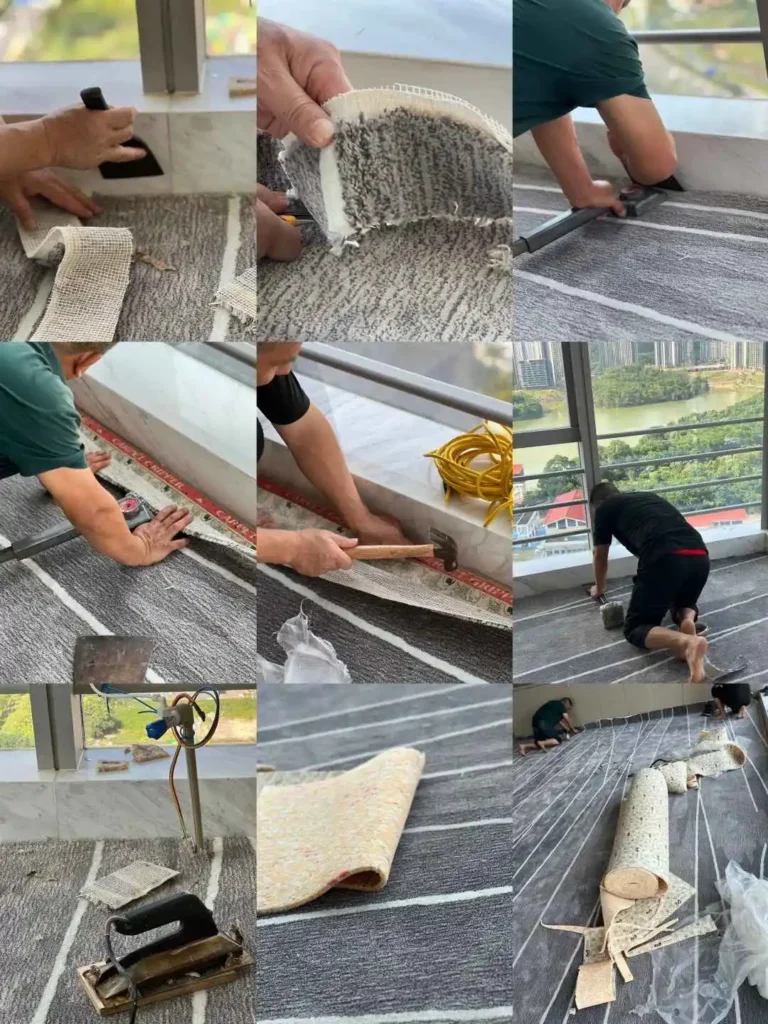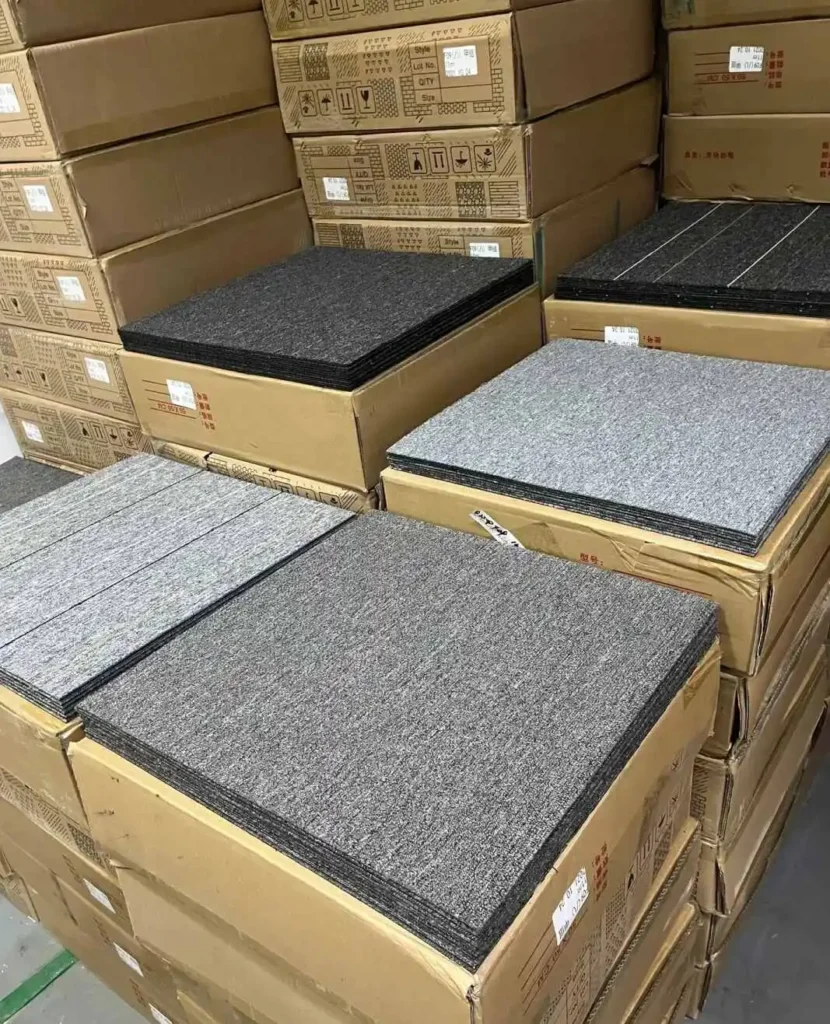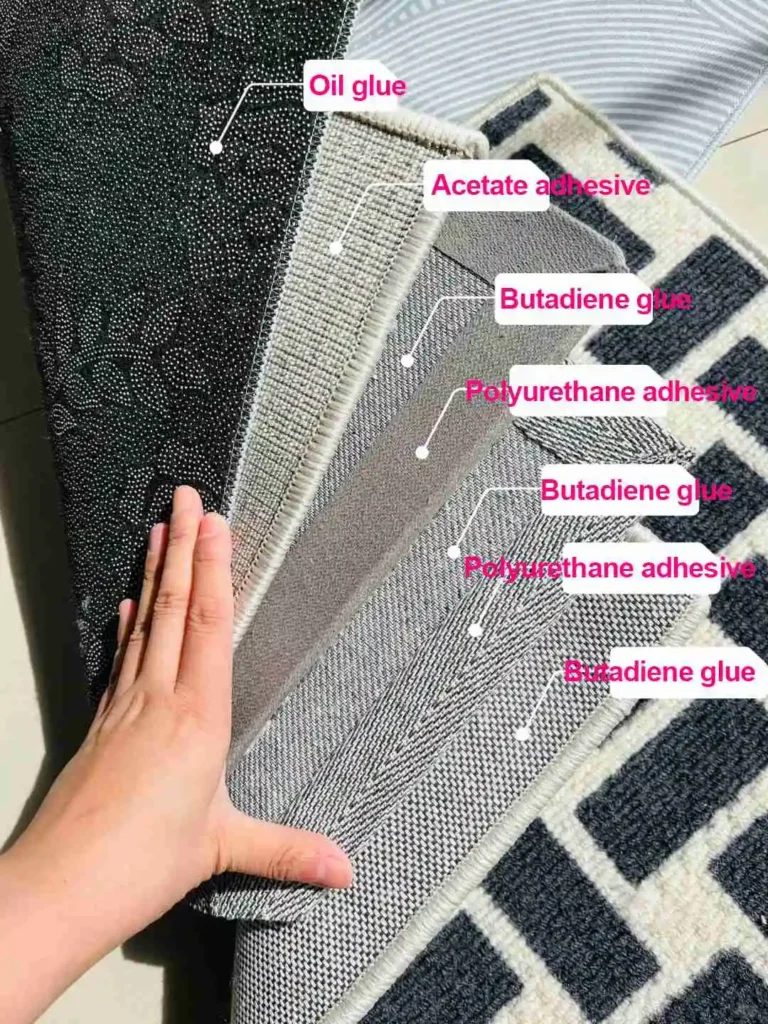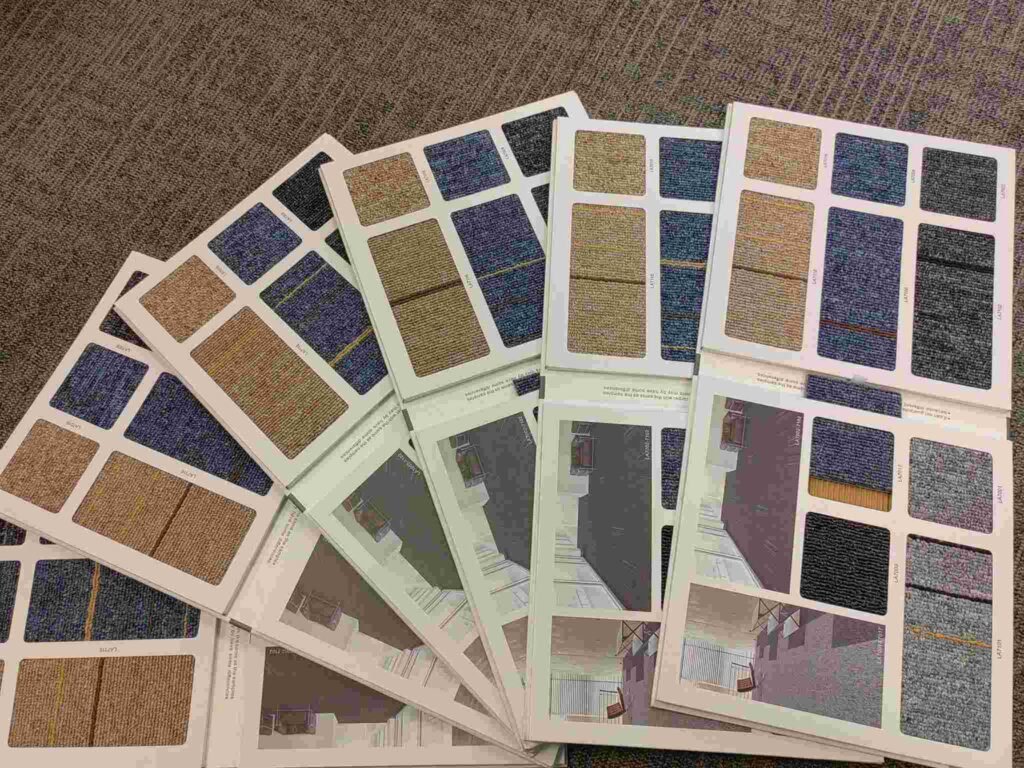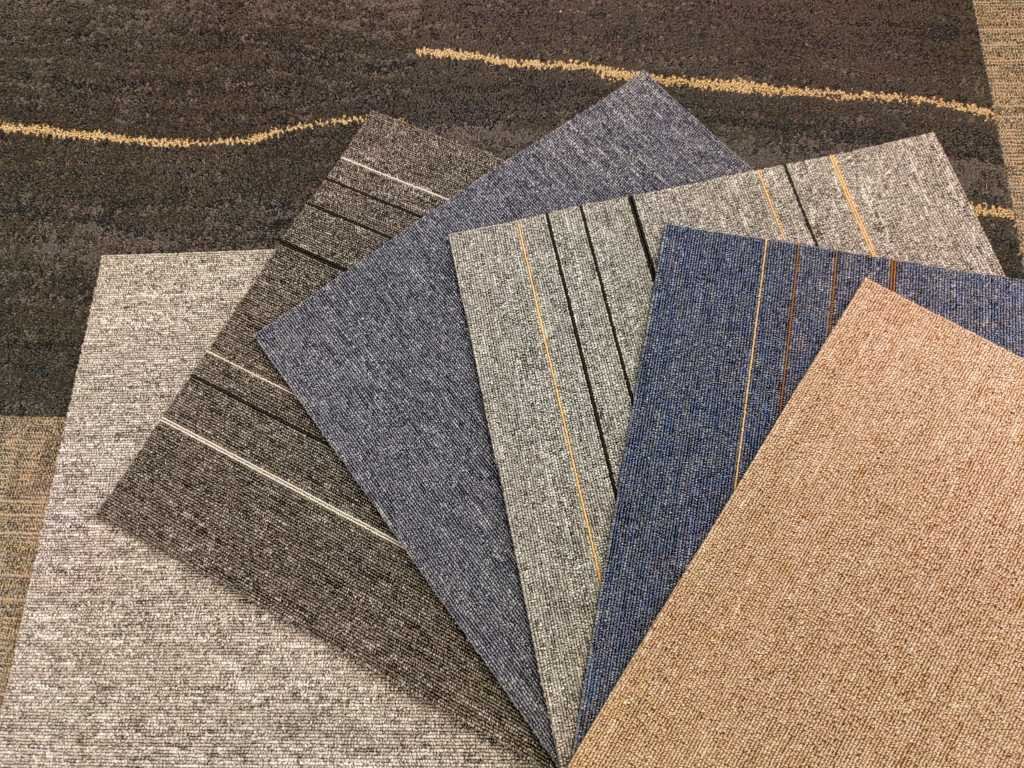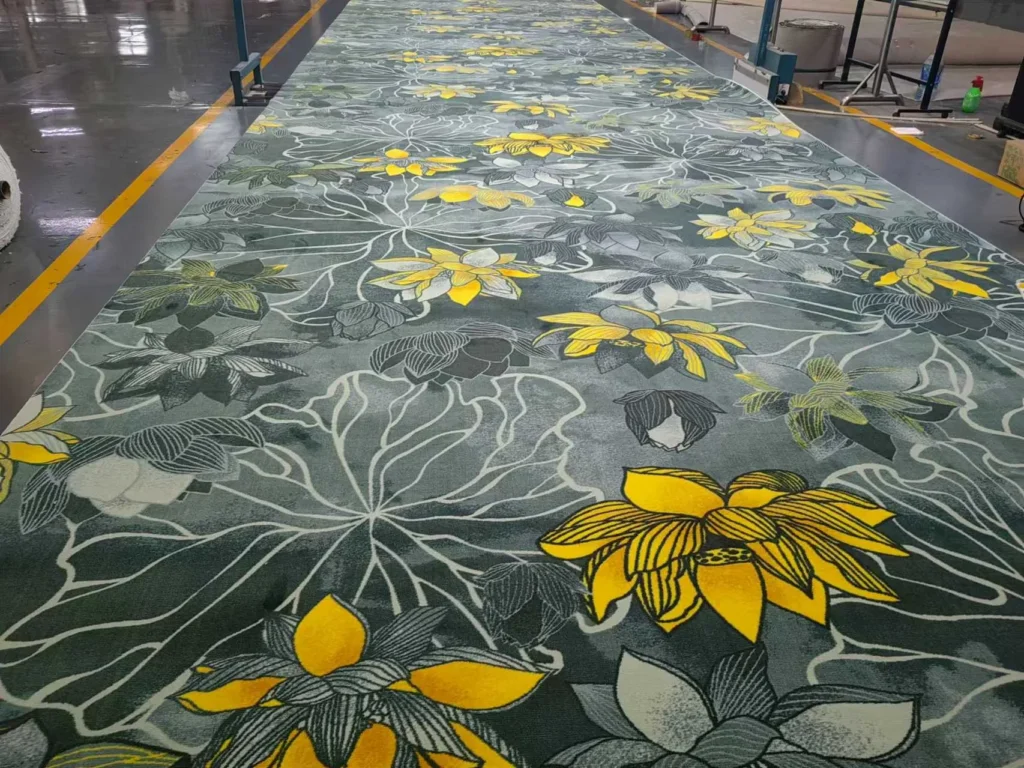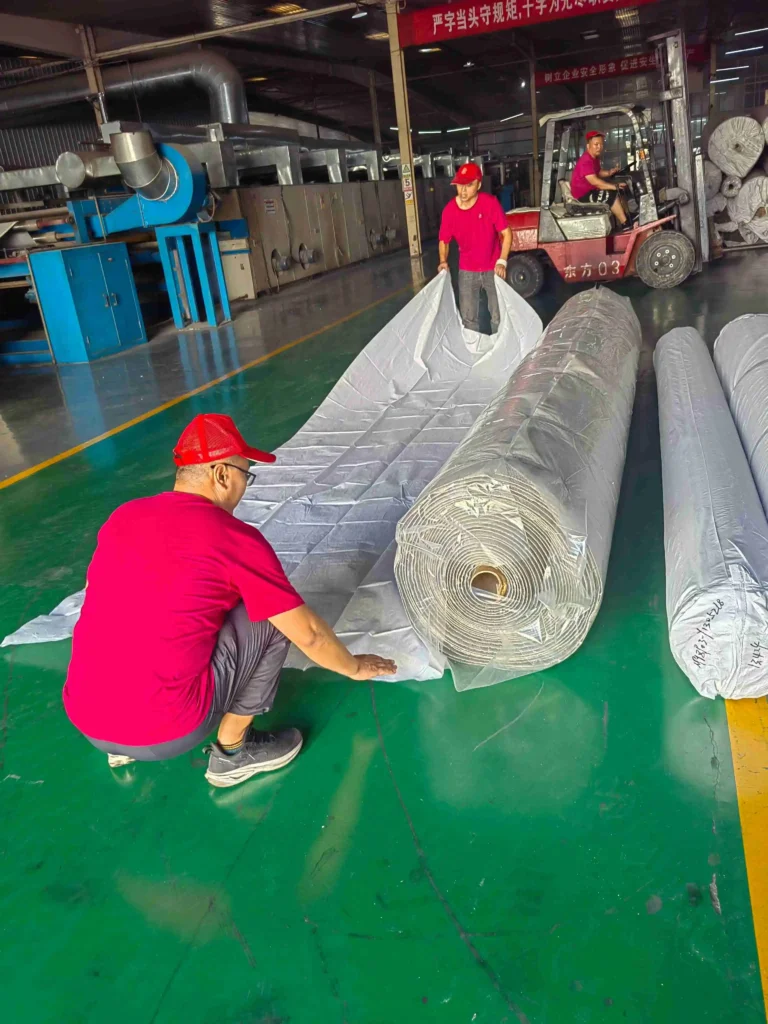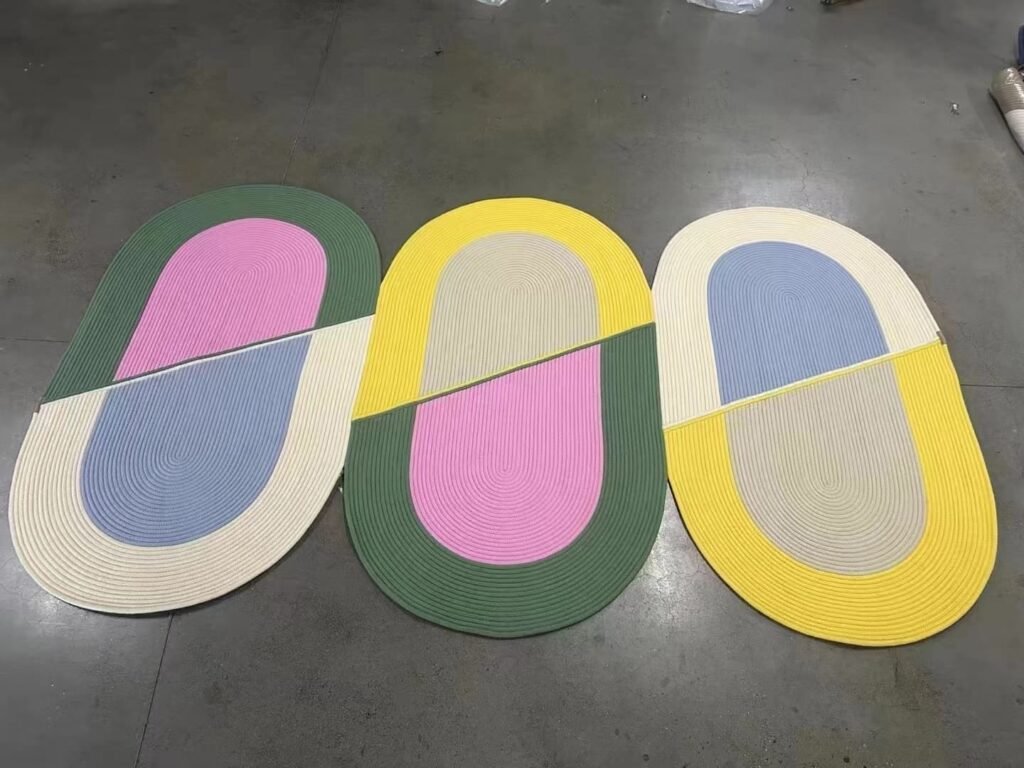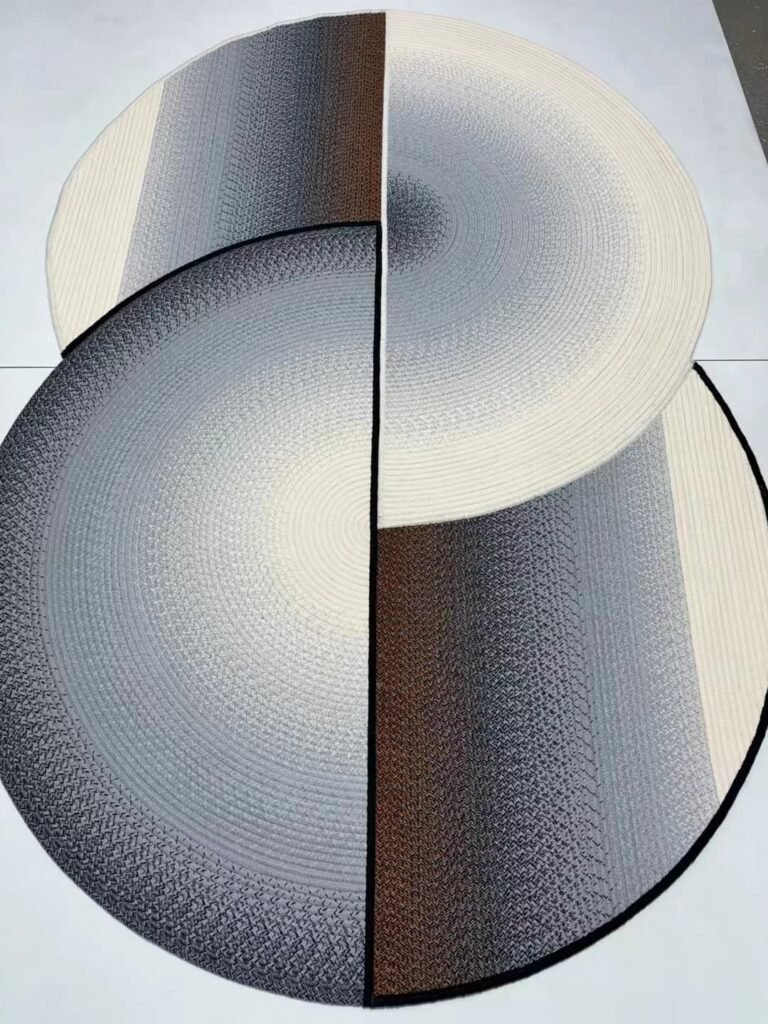### Introduction
In the realm of interior design and home decor, carpets play a pivotal role in enhancing the aesthetic appeal and comfort of a space. Among the myriad of options available, wool glue-free woven carpets stand out as a revolutionary product, combining eco-friendliness, craftsmanship, and innovation. Produced by leading Chinese carpet manufacturers, these carpets have become a preferred choice for designers worldwide, thanks to their exceptional quality and customizable features.


### A Legacy of Innovation and Craftsmanship
Chinese carpet manufacturers have long been renowned for their dedication to quality and innovation. The wool glue-free woven carpet is a testament to this legacy. Through independent research and development, these manufacturers have continuously pushed the boundaries of carpet design, resulting in a product that is not only beautiful but also environmentally sustainable.
### The Unique Composition
One of the distinguishing features of the wool glue-free woven carpet is its composition. Made from 80% new wool and 20% polyester, these carpets offer the perfect blend of natural and synthetic fibers. The wool provides warmth, softness, and durability, while the polyester adds strength and resilience. This combination ensures that the carpets are long-lasting and capable of withstanding daily wear and tear.
### Eco-Friendly and Glue-Free
A significant selling point of these carpets is their truly glue-free construction. Traditional carpets often rely on adhesives that can release harmful chemicals into the environment. In contrast, the wool glue-free woven carpets are 100% environmentally friendly. This innovation not only reduces the ecological footprint but also ensures a healthier indoor environment for users. The absence of glue means that these carpets do not emit volatile organic compounds (VOCs), making them a safe choice for homes, offices, and other spaces.
### Versatility in Design
Designers highly recommend these carpets due to their versatility. The wool glue-free woven carpets come in various patterns, shapes, colors, and sizes, catering to diverse aesthetic preferences. Whether you are looking for a classic design to complement a traditional decor or a bold, contemporary pattern to make a statement, these carpets offer endless possibilities. Additionally, the option for OEM/ODM customization allows customers to tailor the carpets to their specific needs, ensuring a perfect fit for any space.
### Customizable Sizes and Shapes
Standard sizes for these carpets include 120 round, 160 round, and 200 round. However, the manufacturers’ commitment to meeting customer needs means that these dimensions can be customized. Whether you require a larger carpet for a grand living room or a smaller one for a cozy reading nook, the flexibility in size customization ensures that your requirements are met with precision.
### Double-Sided and Foldable
Another innovative feature of the wool glue-free woven carpets is their double-sided usability. This design not only extends the lifespan of the carpet but also provides versatility in its appearance. Users can easily flip the carpet to reveal a different pattern or color, offering a quick and easy way to refresh the look of a room. Furthermore, these carpets are foldable and easy to store, making them a practical choice for those who may need to move or rearrange their living spaces frequently.
### Meeting Diverse Customization Needs
The ability to customize these carpets according to customer needs is one of their most appealing aspects. Whether it’s adjusting the size, shape, pattern, or color, the manufacturers are dedicated to providing tailored solutions. This level of customization ensures that each carpet is unique, reflecting the individual style and preferences of the customer. It also makes these carpets an ideal choice for designers looking to create bespoke interiors.
### The Designer’s Choice
Designers around the world have embraced the wool glue-free woven carpet for its blend of aesthetics and functionality. The intricate weaving techniques used to create these carpets result in stunning artworks that enhance any space. The carpets’ durability and ease of maintenance make them suitable for both residential and commercial settings. Moreover, their eco-friendly nature aligns with the growing demand for sustainable and responsible design choices.
### A Closer Look at the Manufacturing Process
The process of creating a wool glue-free woven carpet involves meticulous attention to detail and a commitment to quality. It begins with the selection of high-quality wool and polyester fibers, which are then woven together using advanced techniques. The absence of glue in the construction process is a significant innovation, achieved through the use of specialized weaving methods that ensure the fibers are securely held together.
### The Environmental Impact
In today’s world, the importance of choosing environmentally friendly products cannot be overstated. The wool glue-free woven carpet is a prime example of how innovation in manufacturing can lead to more sustainable products. By eliminating the use of glue and relying on natural materials like wool, these carpets contribute to reducing pollution and conserving natural resources. They are also biodegradable, which means they have a minimal impact on landfills at the end of their lifecycle.
### Practical Benefits
Beyond their environmental credentials, wool glue-free woven carpets offer several practical benefits. Their foldable nature makes them easy to transport and store, which is particularly useful for people who move frequently or have limited storage space. The double-sided feature not only extends the carpet’s usability but also provides an opportunity to change the look of a room without the need for a new carpet.
### Enhancing Comfort and Style
Wool is known for its insulating properties, which help to regulate temperature and create a cozy atmosphere. This makes wool glue-free woven carpets an excellent choice for adding warmth to a room. The softness of the wool fibers also adds a layer of comfort, making these carpets a pleasure to walk on. Additionally, the wide range of designs available means that there is a carpet to suit every style, from minimalist to opulent.
Conclusion


The wool glue-free woven carpet is a remarkable product that combines the best of traditional craftsmanship with modern innovation. Produced by Chinese carpet manufacturers who are committed to quality and sustainability, these carpets offer a host of benefits, from their eco-friendly construction to their customizable features. Whether you are a designer seeking a unique addition to a project or a homeowner looking to enhance your living space, these carpets provide a versatile, stylish, and environmentally responsible solution. As the demand for sustainable and high-quality interior products continues to grow, the wool glue-free woven carpet stands out as a leading choice for discerning customers around the world.
https://carpetoriental.com/
https://www.facebook.com/profile.php?id=100076644884545
